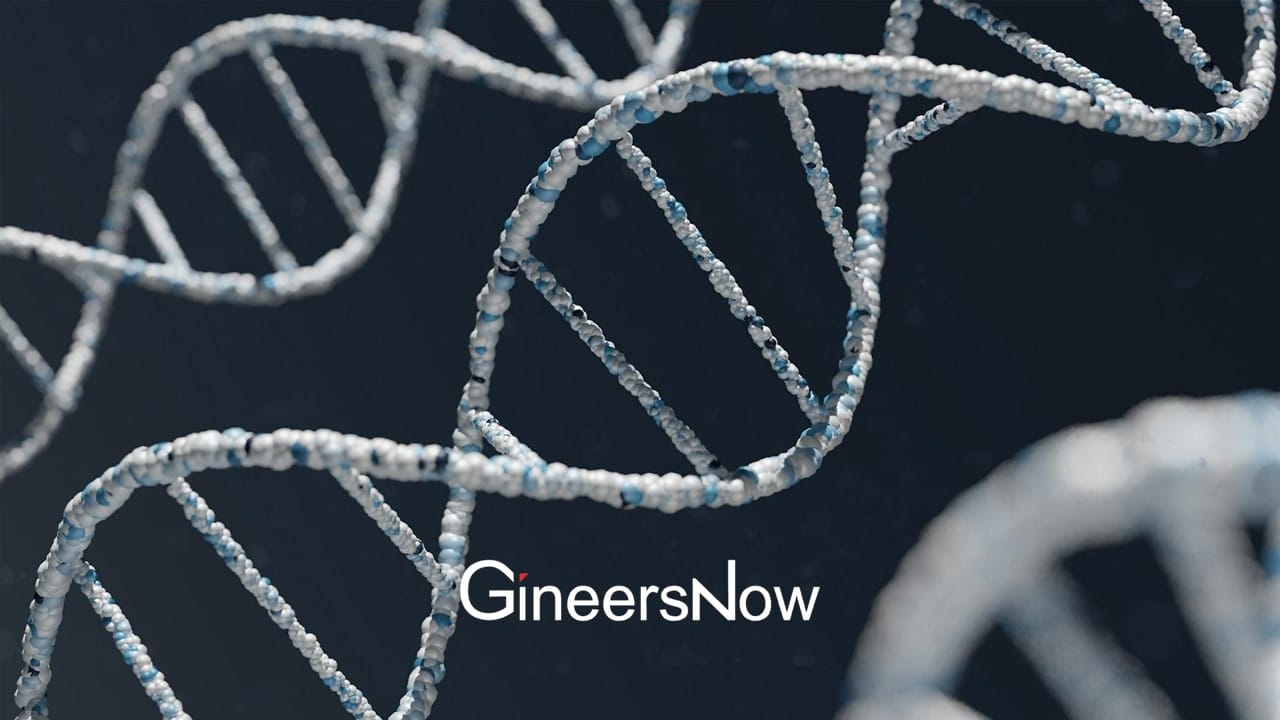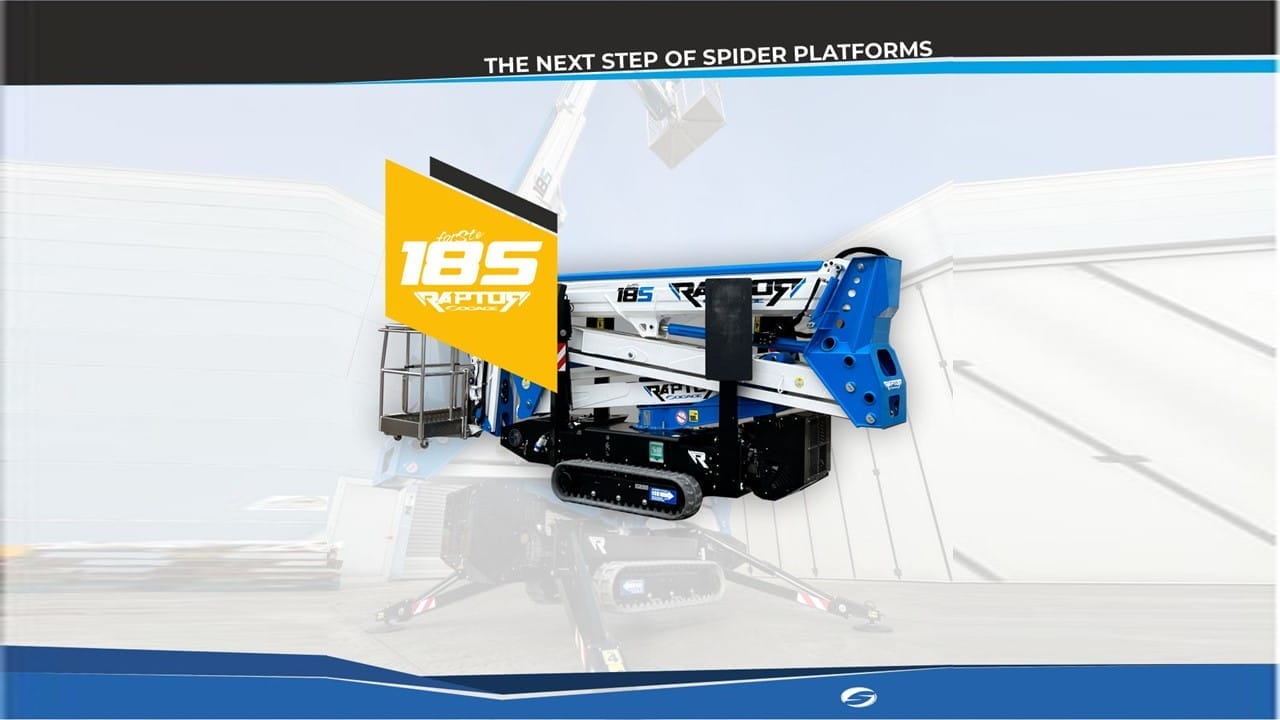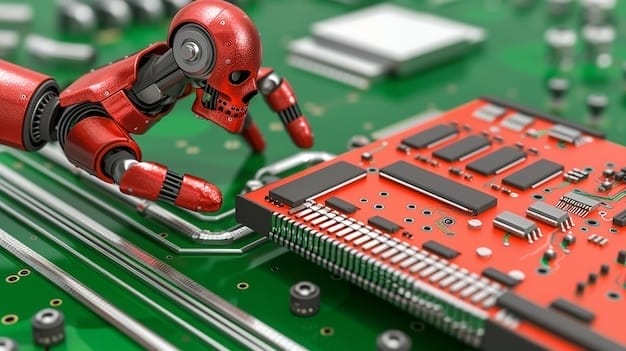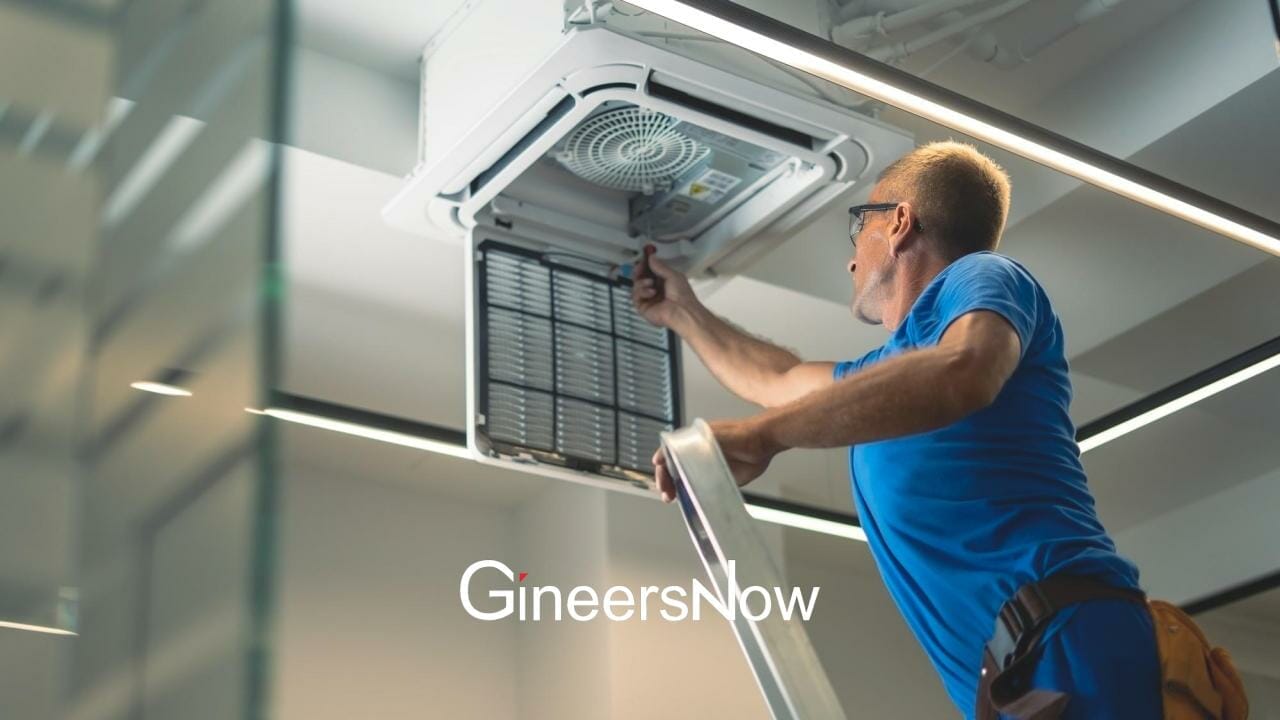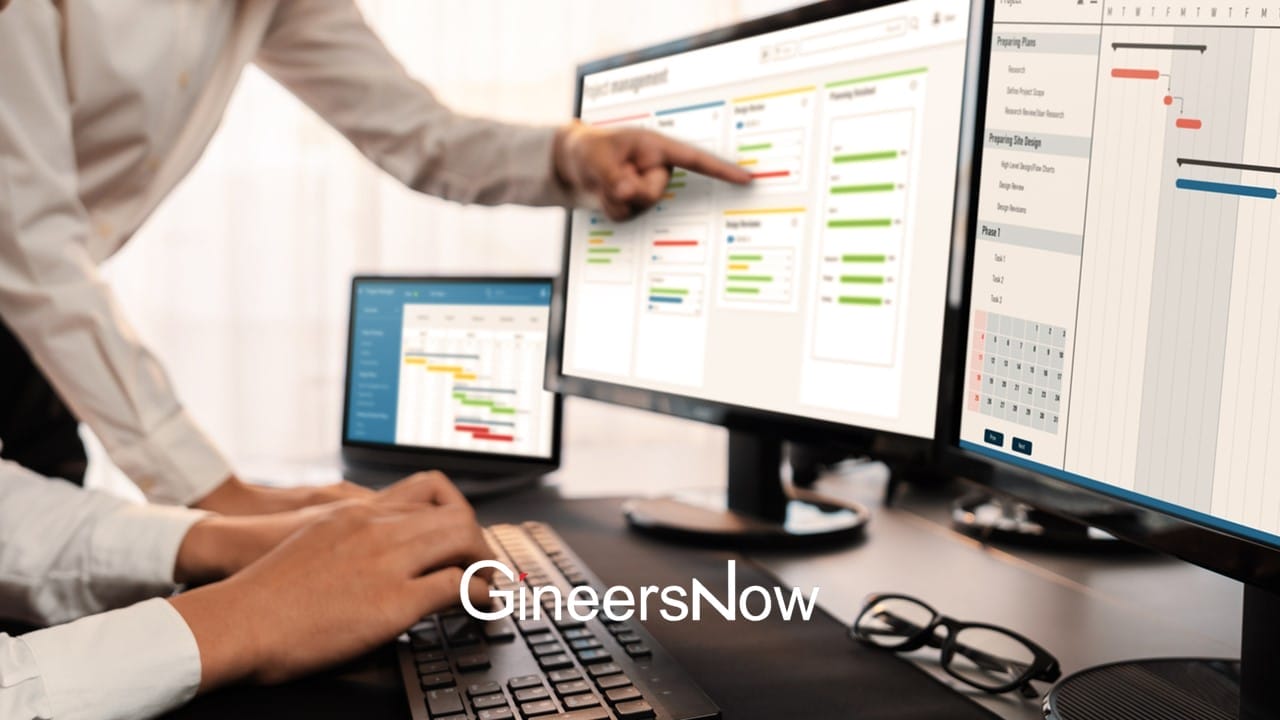Next-generation sequencing (NGS) has transformed the genomics research process by offering quick and affordable ways to sequence DNA and RNA.
Innovations in NGS library preparation methods are essential to improving the effectiveness, precision, and scope of applications of these approaches as the need for sequencing grows. And, using automated systems for NGS library preparation can lead to a reduction in hands-on time from approximately 675 minutes to just 75 minutes, which is incredibly beneficial for biotechnology and pharmaceutical companies.
In this blog post, we’ll discuss a few of the upcoming developments in NGS library preparation technology, so read on.
High-throughput Systems and Automation
The move toward automation is one of the biggest developments in NGS library preparation. Manual library preparation requires a lot of work and is not always error-free. Throughput can be increased and human error can be decreased with automated systems since they process several samples at once with little assistance from the user.
Laboratories are creating integrated solutions that automate the whole NGS library preparation process, from adaptor ligation to DNA shearing. Large-scale projects like population genomics and cancer research require high-throughput sequencing, which is made possible by this trend in addition to improving reproducibility.
In addition to that, now, laboratories can communicate with experts to ensure their NGS library preparation pipelines are as efficient as possible and procure advanced dispensing technologies, which can even further improve efficiency.
Nanopore and Microfluidic Technologies
It is revolutionary to incorporate microfluidic technology into the process of preparing NGS libraries. Small amounts of liquids can be manipulated on a chip thanks to microfluidics, which drastically lowers the need for reagents and sample input. Since sample sizes are frequently constrained in clinical applications, this is especially beneficial.
Additionally, the process of preparing libraries is becoming more efficient thanks to nanopore technology, which reads DNA molecules directly as they travel through a nanopore. This type of technology promises to shorten preparation times and streamline the workflow, making NGS faster and more accessible by doing away with the requirement for fragmentation and amplification.
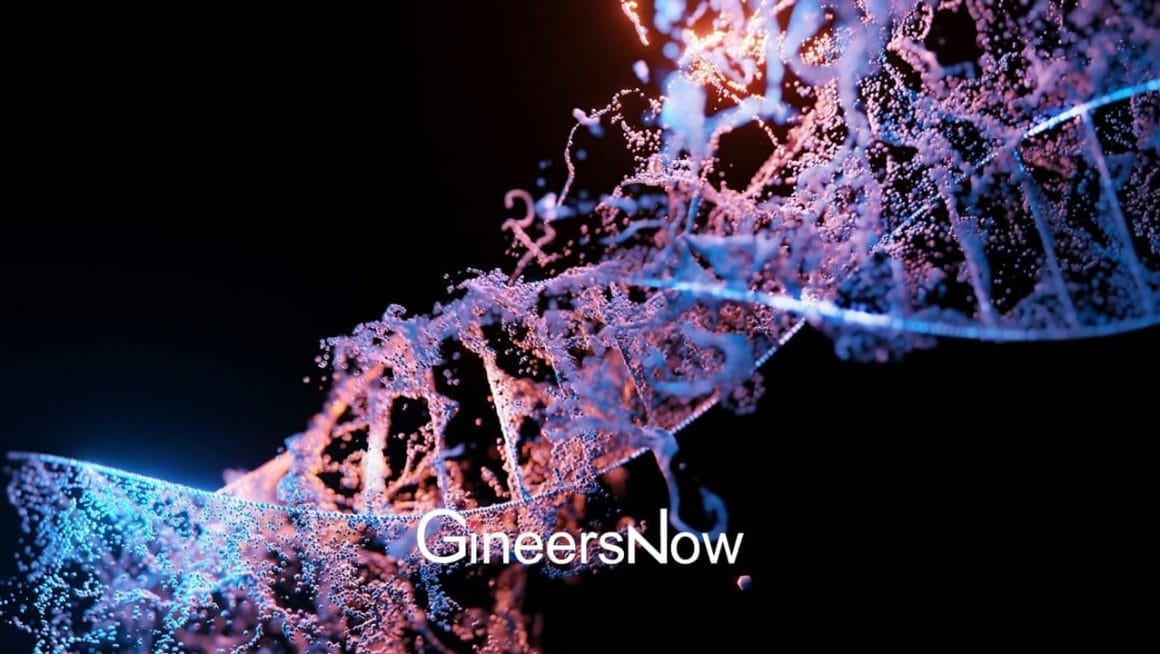
Advances in Barcoding and Multiplexing
The preparation of NGS libraries is becoming more efficient thanks to developments in multiplexing and barcoding.
Throughput is increased and expenses are decreased when numerous samples can be sequenced in a single sequencing run thanks to multiplexing. More accurate sample tracking and data analysis are made possible by new barcoding techniques, which also lower the risk of cross-contamination and facilitate large-scale investigations. Scientists are working to create barcodes that are more resilient and error-proof so that more samples can be processed at once without sacrificing the integrity of the data.
Targeted Sequencing Enrichment Methods
Targeted sequencing is becoming more and more crucial as NGS’s use in medicine increases. This calls for the often difficult enrichment of particular genomic areas. More advanced methods of enrichment are emerging, like amplicon-based approaches and hybridization-based capture.
Better sequencing of regions of interest, such as exomes or particular genetic markers connected to diseases, is made possible by these techniques, which enable more efficient and selective enrichment. Targeted NGS will likely become more affordable and specific in the future, making it a more useful tool for regular clinical diagnostics.
Combining Machine Learning and AI
Machine learning (ML) and artificial intelligence (AI) are essential to optimize NGS library preparation. By predicting the ideal library preparation conditions depending on the quality of the input DNA or RNA, AI systems facilitate the customization of protocols for various sample types. Additionally, data analysis is being automated with ML models, which shortens the time between sample preparation and useful insights.
With the development of these technologies, they will probably play a key role in creating predictive models that will improve NGS library preparation and result in even higher accuracy and efficiency.
Conclusion
Rapid improvements in NGS library preparation methods promise to significantly democratize clinical diagnostics and genomics research in the future. In fact, future developments in multiplexing and DNA barcoding, automation, microfluidic and nanopore technologies, improved enrichment methods, and the fusion of AI and ML are paving the way for NGS to become more rapid, less expensive, and more widely available than in the past.
These developments will offer great opportunities for customized medicine and beyond by streamlining current procedures and extending the potential uses of genomics in medicine and other fields. These technologies will continue to push the limits of clinical practice and genomic research as they develop, opening the door for new discoveries and improvements in healthcare.


